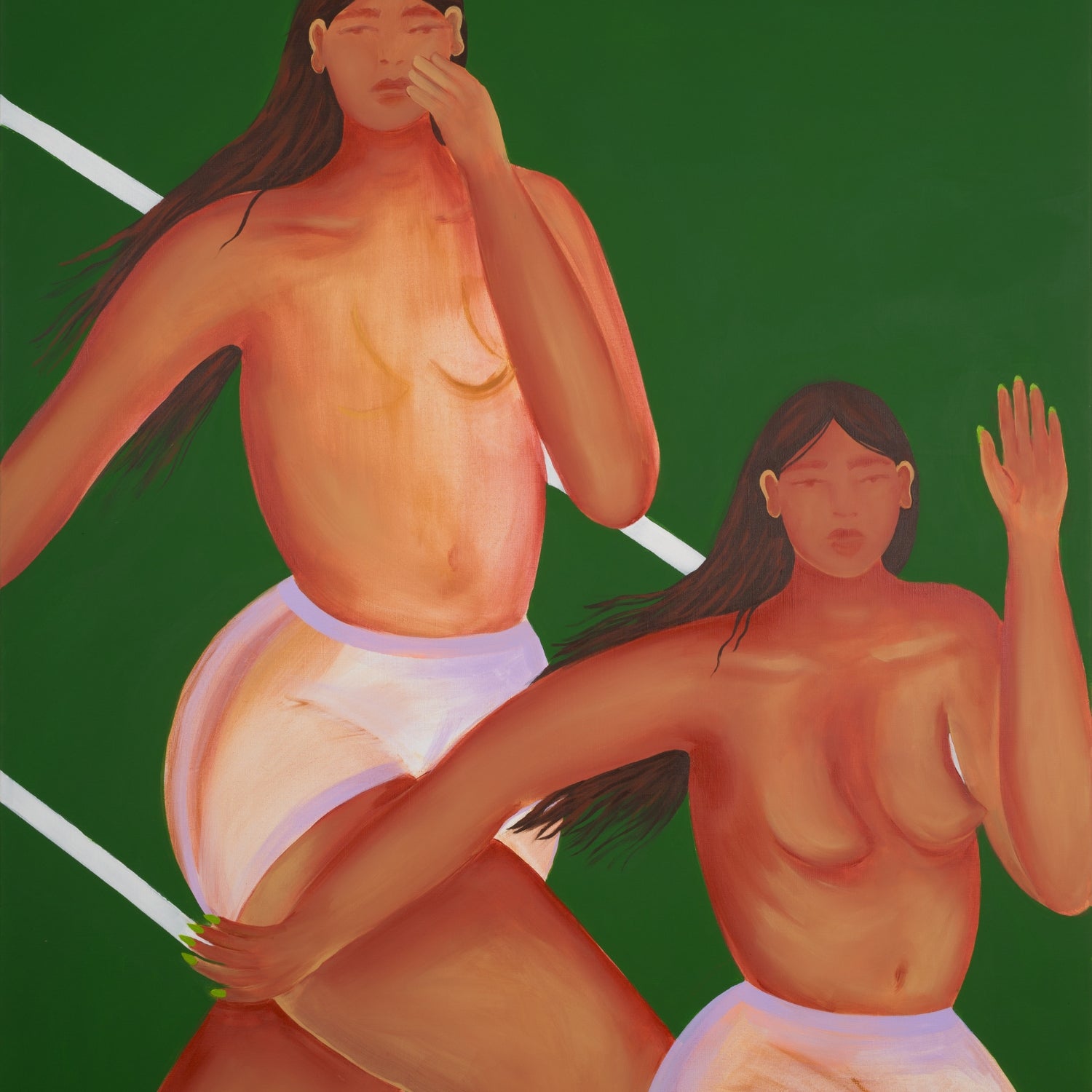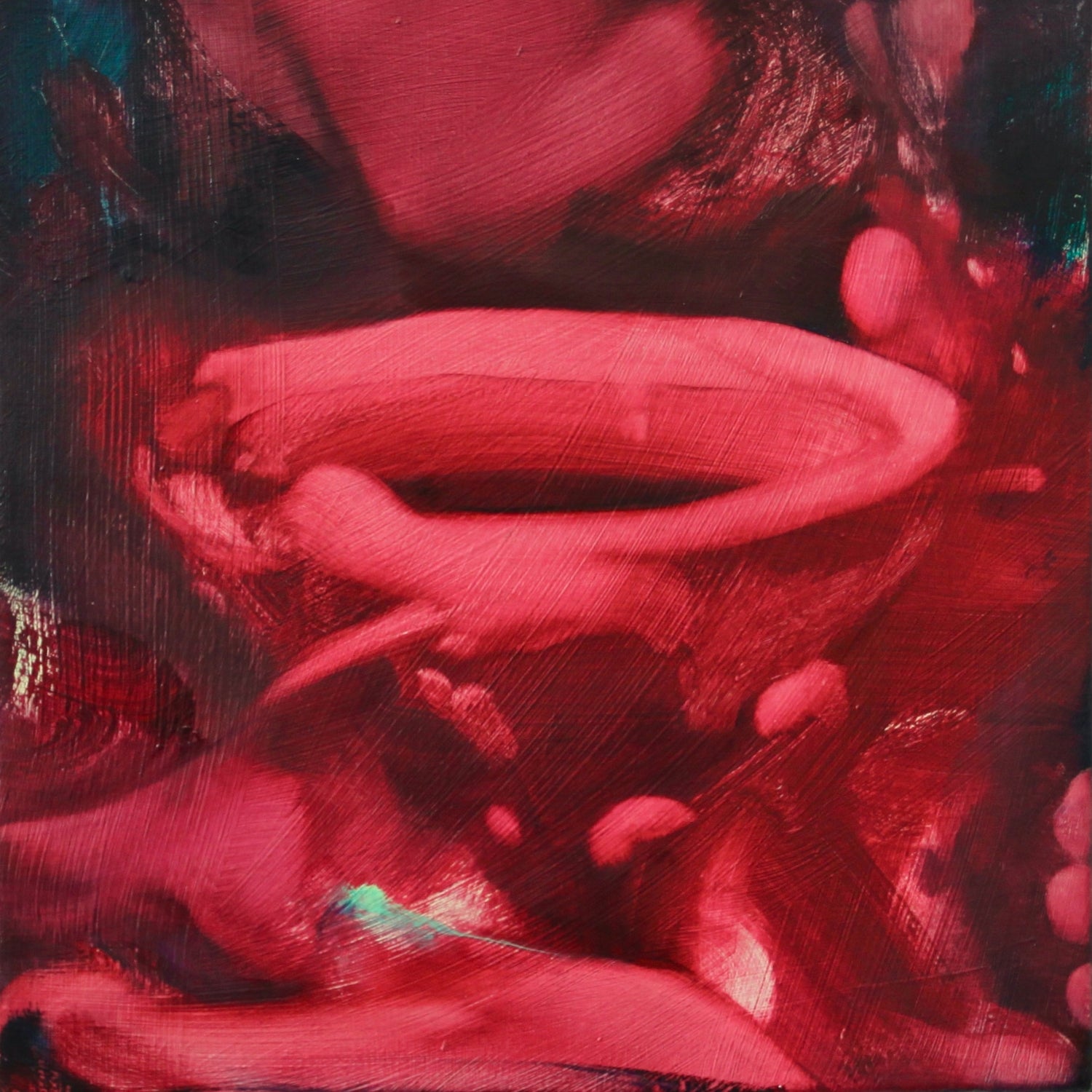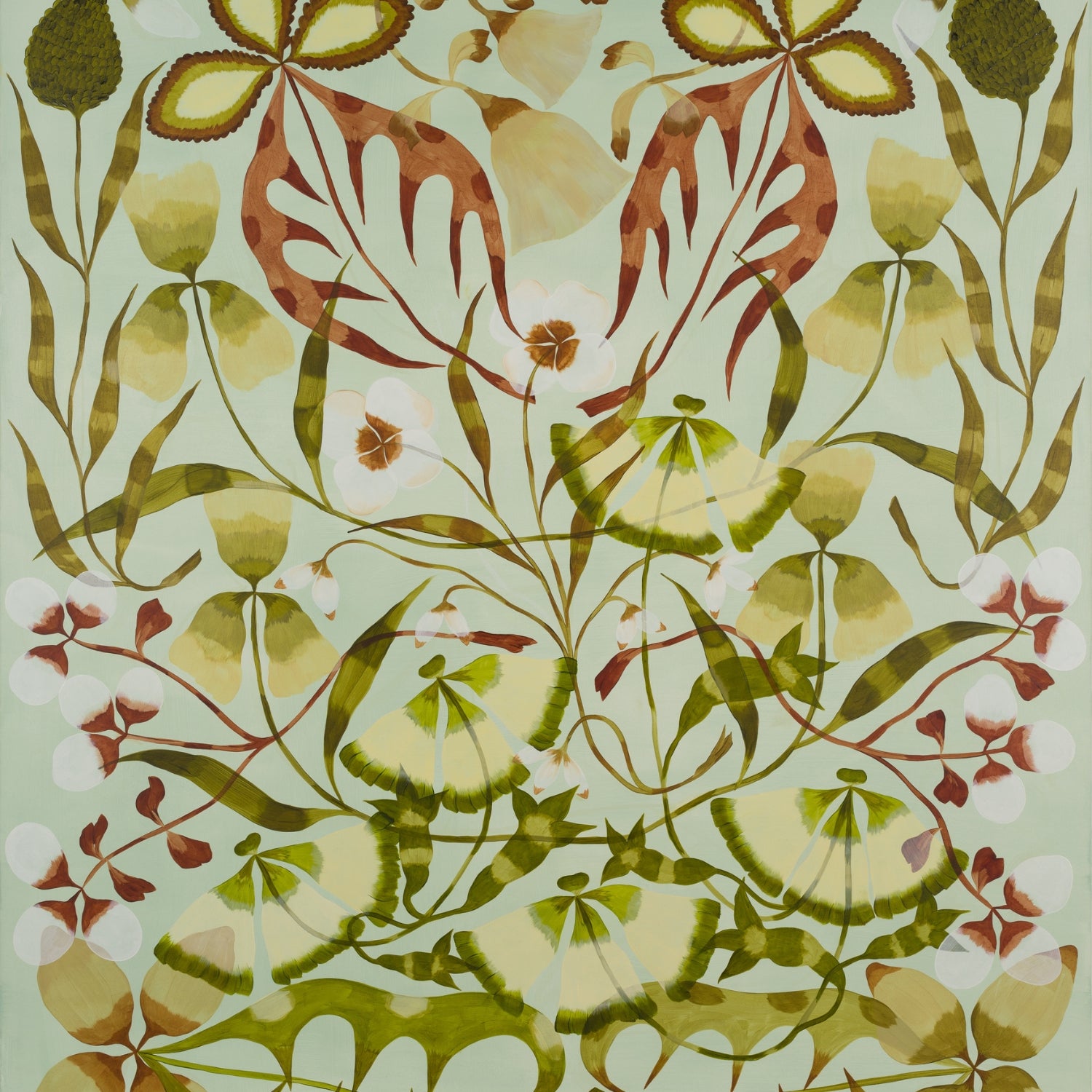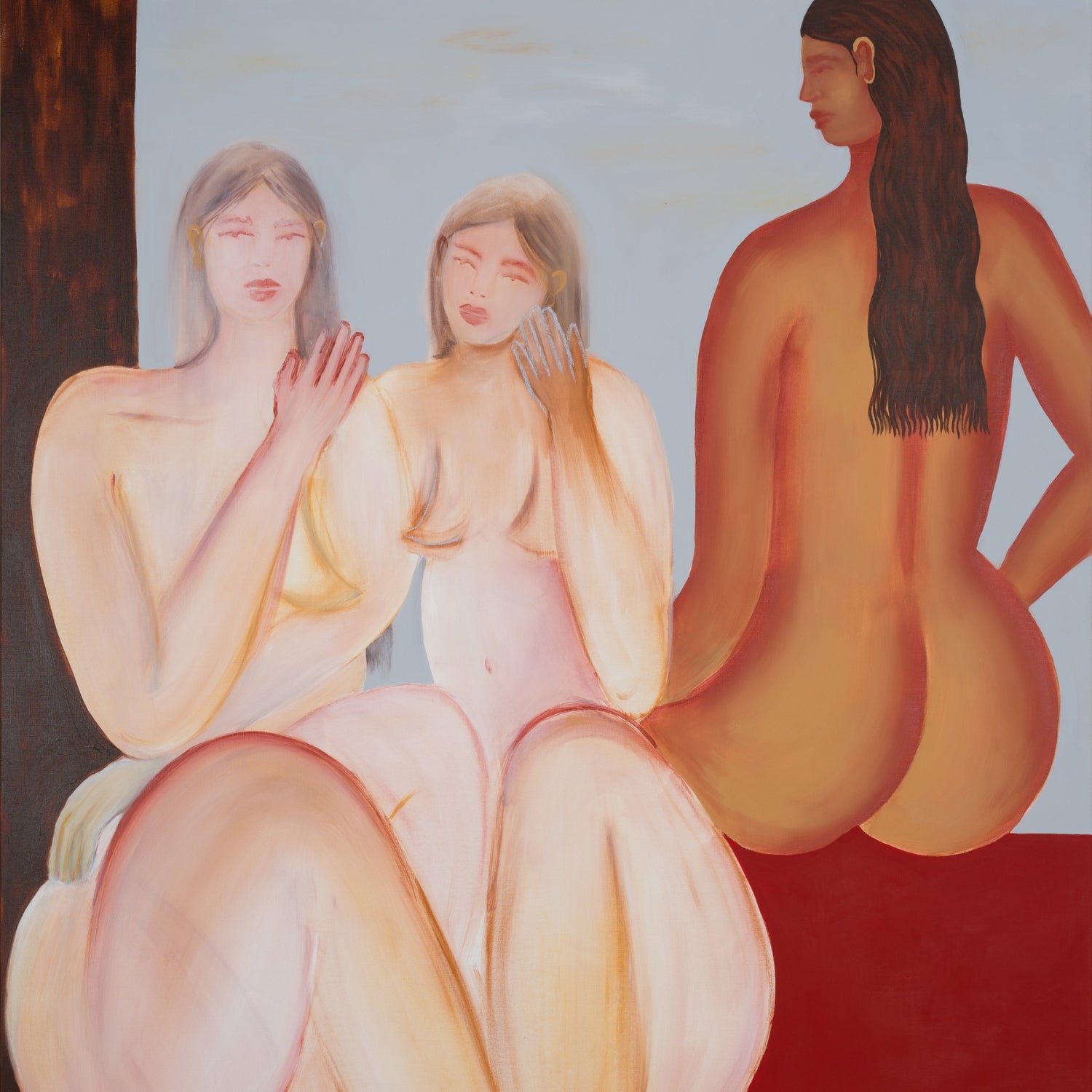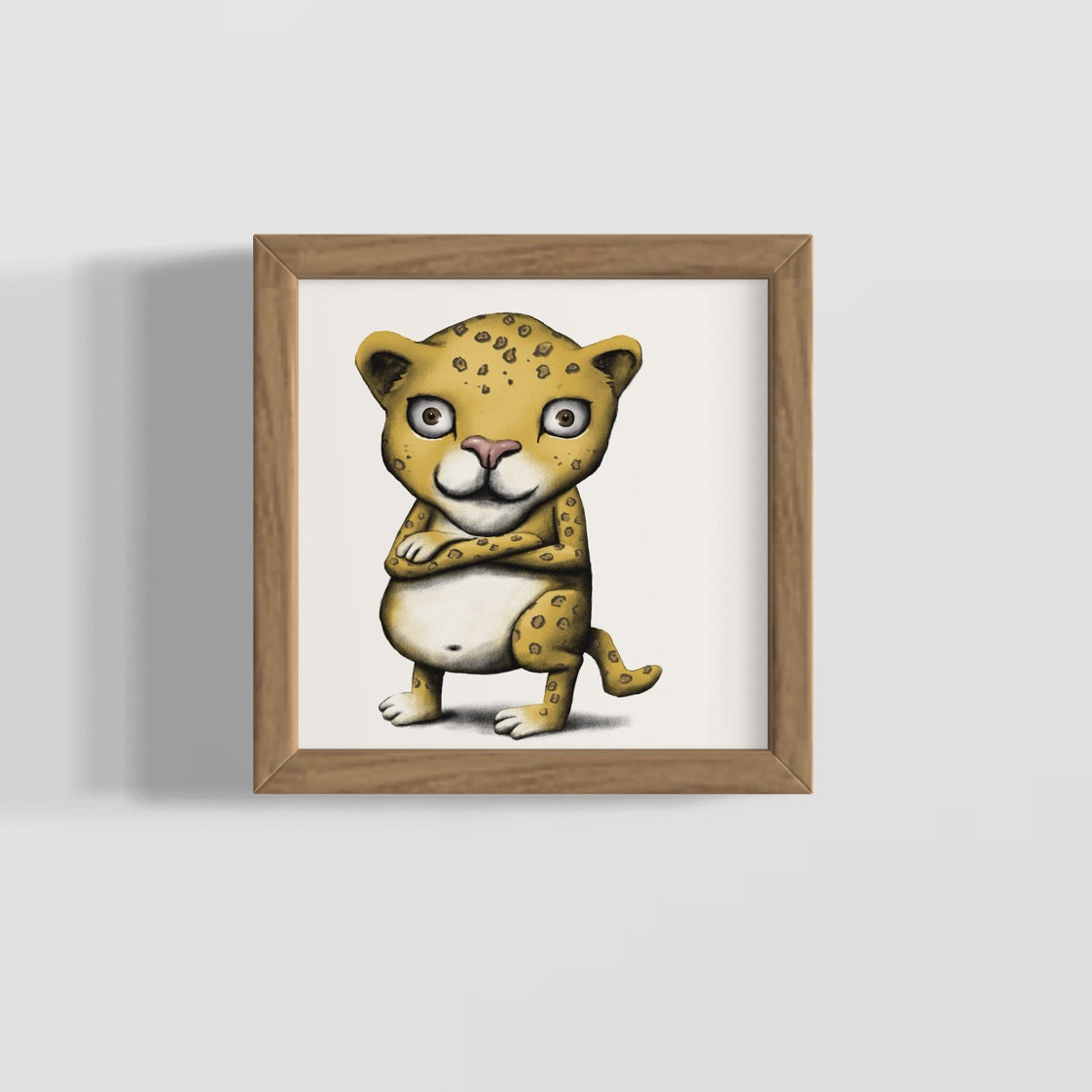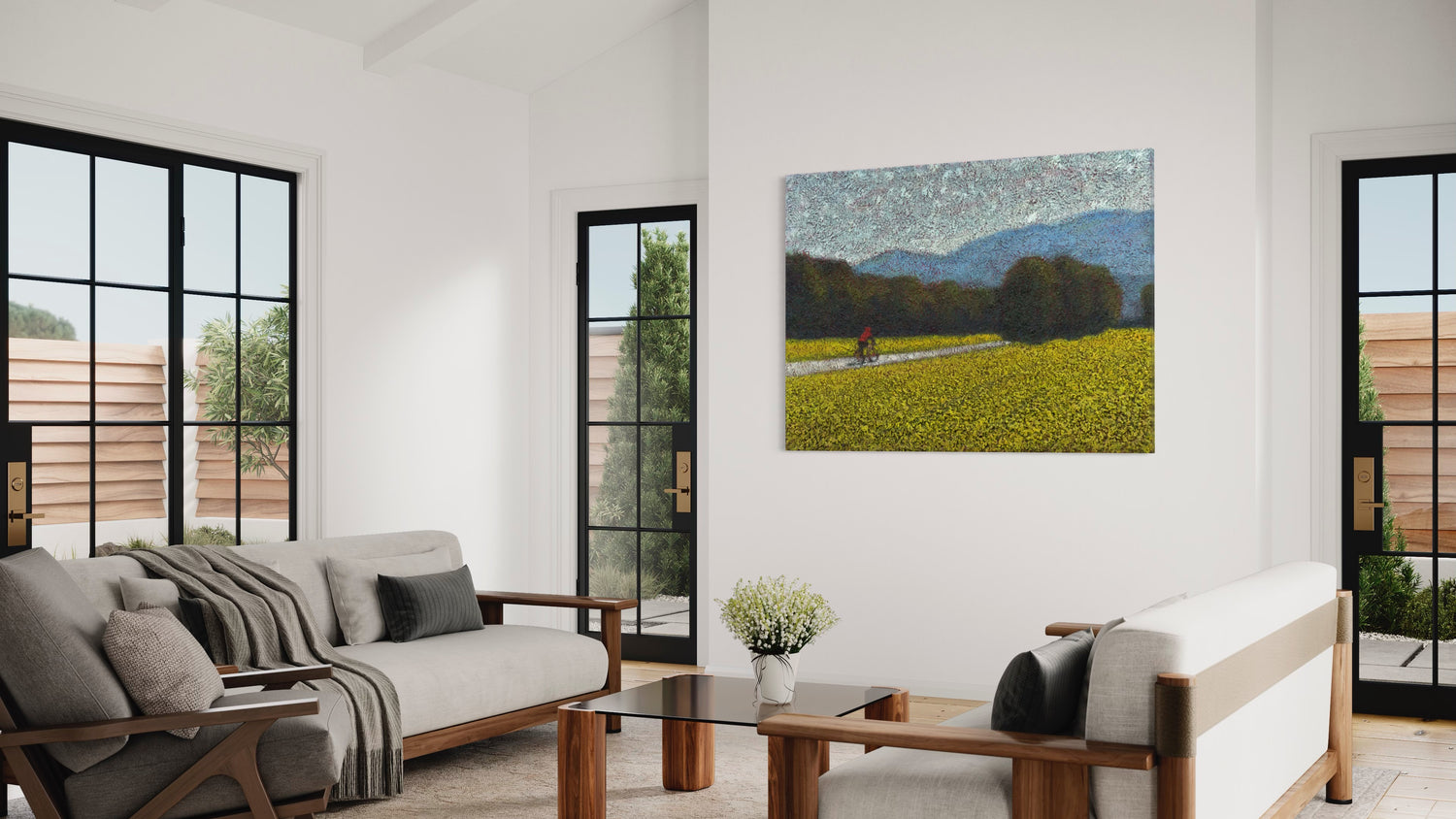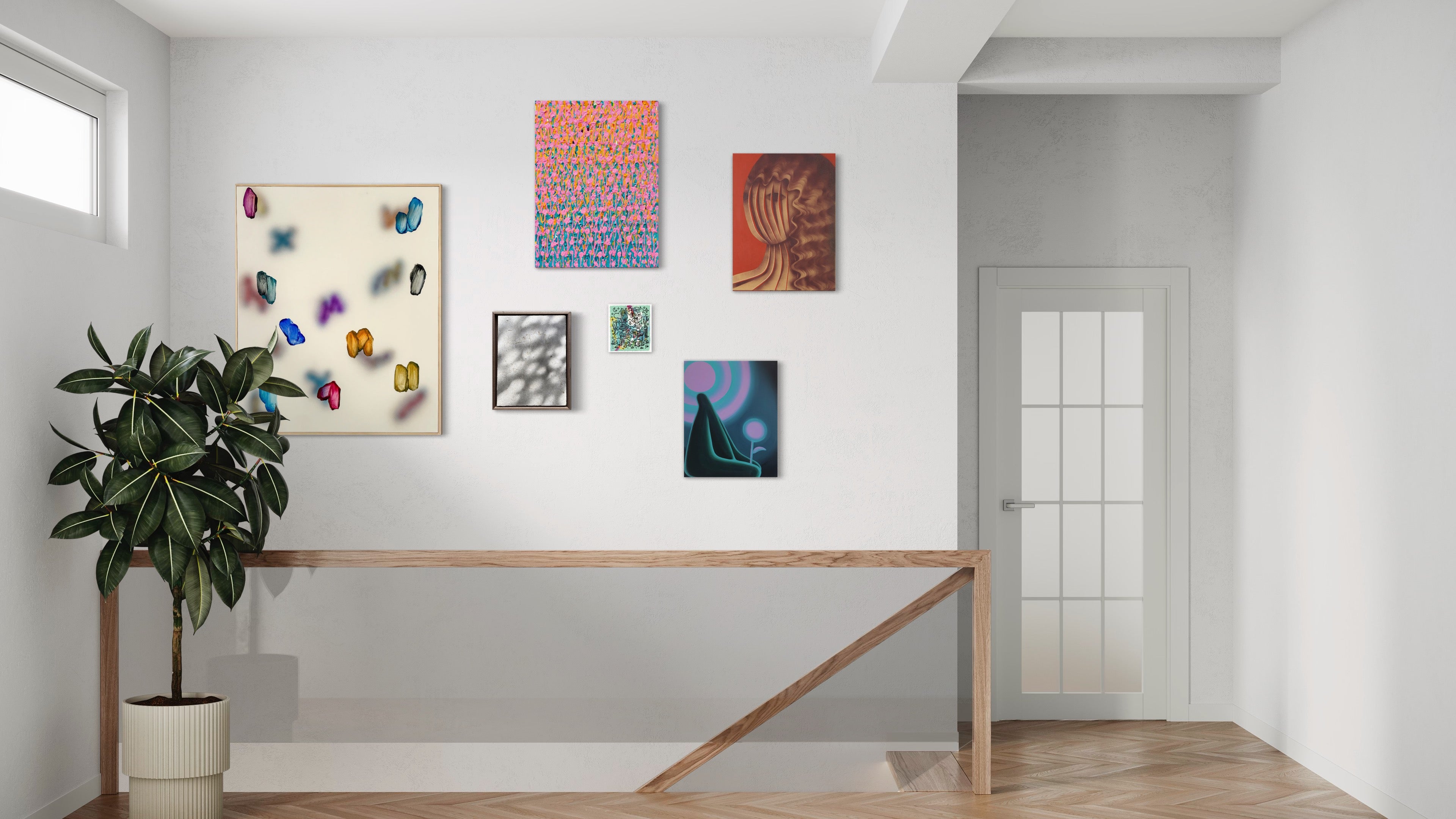How to Choose the Perfect Painting for Your Art Collection
Acquiring an original work of art for your home or office is an exciting endeavor that can add immense beauty and meaning to your life. But with so many options, where do you start? Follow this guide to choose a painting that fits your space and tastes to perfection.
1. Consider the Physical Space
Measure the wall where you plan to hang art and determine appropriate dimensions. Large contemporary paintings make stunning focal points. For above sofas, choose pieces at least two-thirds the furniture's width. Small paintings work beautifully grouped in a gallery wall. Ensure adequate breathing room around the arrangement. Take stock of the location where your new art will hang. What are the wall dimensions? Do windows or furniture impact usable space? Measure to determine the best painting width and height for the area. For above beds and sofas, we suggest artwork spanning at least two-thirds the furniture's width. Large canvas paintings make stunning focal points. Or try a gallery wall of diverse small pieces for interest. Ensure adequate breathing room around the arrangement.
2. Complement the Existing Decor
Select art that harmonizes with your interior's colors and textures. Cool blues and pastels gently blend into neutral palettes, while bold oranges or reds pop against them. Don't be afraid to introduce contrasting styles for visual interest. Think how your interiors' existing hues and textures could harmonize with potential paintings. A dazzling abstract with bold oranges will pop against cool blues. Soft pastels gently blend into a neutral palette. But don't rule out contrasting styles for visual intrigue. For example, hang a sleek contemporary painting in a traditional room, or introduce a nature-inspired landscape into a modern setting.
3. Reflect Your Mood and Style
Let the art create the vibe you want, whether calm, lively, elegant, or thought-provoking. Soothing impressionist landscape paintings promote relaxation. Abstract expressionist paintings convey vibrant energy. Consider which artistic styles and subjects evoke the desired atmosphere. Soothing impressionist paintings cultivate calm, while energetic abstract expressionism conveys vibrancy. Portraits, figures, or scenic landscapes promote warmth. Conceptual paintings stimulate thought. Find pieces that uplift or inspire you.
4. Seek Cohesive Lines and Shapes
Choose art with forms and strokes that complement your space's architecture. Soft, fluid lines pair well with curved edges, while sharp geometrics better suit clean lines. Just as your furnishings feature cohesive shapes and forms, choose art that complements the lines and angles of your decor. Soft, fluid strokes pair well with curved furniture. Crisp, geometric designs better suit homes with linear edges and shapes.
5. Select an Appropriate Frame
An artful frame pulls the look together. Match metals to other accents, or try wood tones to connect with natural elements. Frame color can match or contrast the artwork. Frame for Success. An apropos frame pulls the whole look together! Wood frames match wood accents, or try metallics for glamour. Natural wood lends organic edge, glossy black exudes sleekness, and gold conveys classic elegance.
6. Consider Meaning and Emotion
Let the painting communicate deeper meaning or feeling through its imagery, colors and technique. Find pieces that uplift, inspire contemplation, or capture a mood. Beyond the subject, think about the deeper meaning or emotional effect of a painting. Does it provoke thought or uplift your mood? Find a piece that creates the feeling you want to experience. Let the painting communicate through its imagery, colors, and symbology.
7. Appreciate the Artist's Style
Study how the artist employs unique methods to convey their vision. Do you connect with their bold brushwork or delicate details? Their voice should resonate. Study how the artist employs their techniques to communicate their vision. Do you resonate with the way they apply bold brushstrokes or delicate details? Their distinctive style should appeal to your personal preferences. Let the artist's voice speak to you.
8. Know Artistic Movements and Genres
Identify preferences by exploring periods like Impressionism, Cubism, Surrealism, and more, along with subjects like portraits, abstracts, and landscapes. Recognizing styles helps you discover the right one. Familiarize yourself with different artistic periods and genres to guide your search. Maybe you're drawn to the flowing gowns in Baroque portraits. Or perhaps the sparse shapes of Cubist abstracts appeal to you. Knowing styles will help you recognize the right one.
9. Research Artists and Acquire Art
Viewing art in person is ideal, but galleries, auctions, studios, and online sites also offer access. Vet artist reputation and only buy from trusted sources. For guidance acquiring remarkable art, contact our art advisors to illuminate your collecting journey. Galleries, auctions, artists' studios, and online sites all offer options for finding art. View pieces in person when possible to properly evaluate. Research sellers and artist reputation to find quality works and avoid fakes.
Curating a personal art collection takes time and discernment, but rewards you richly. Let your new treasure inspire! With an artistically curated painting selection personalized to your space and tastes, you're sure to craft an interior that nourishes your spirit.


